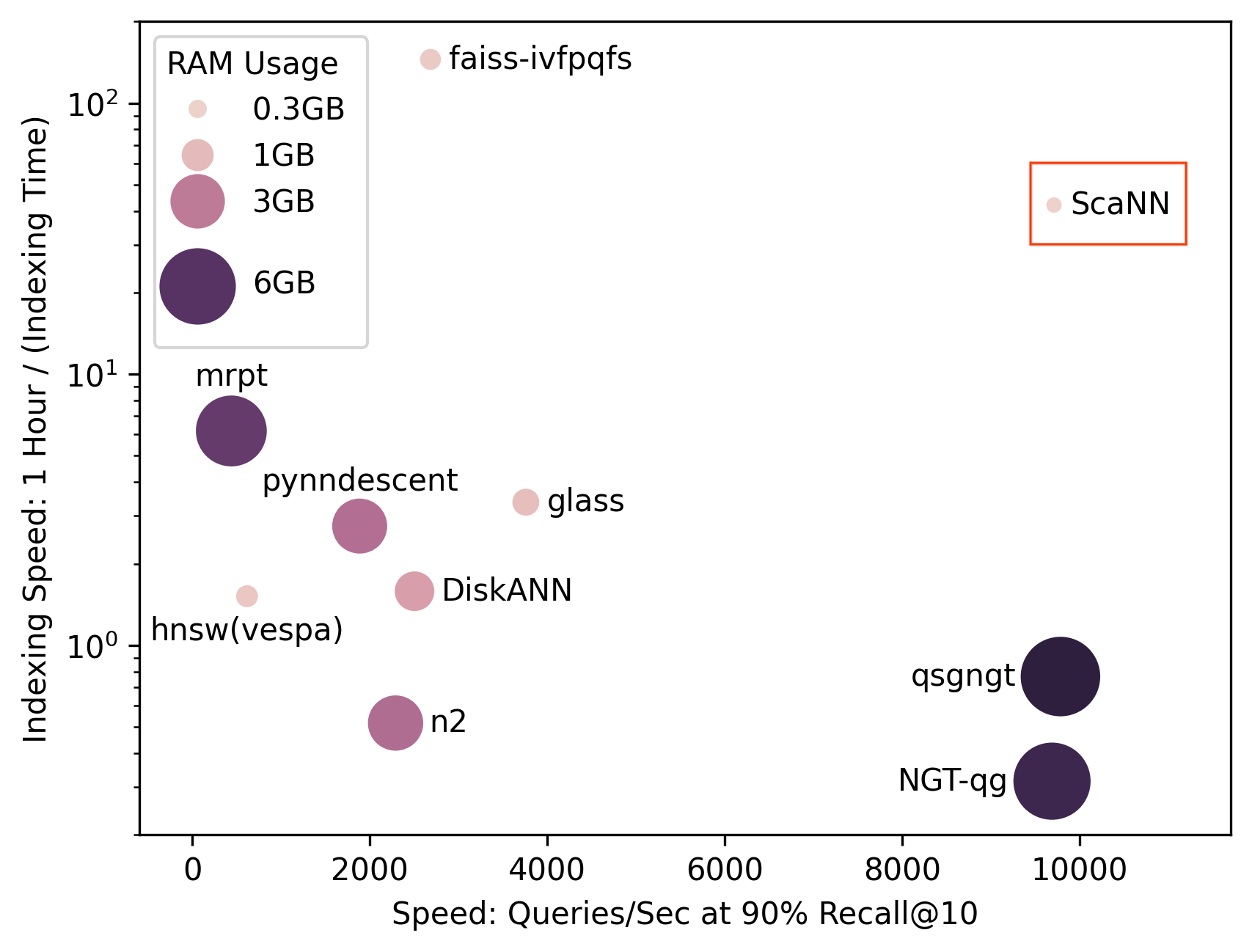
Understanding Bias in Peer Review
November 30, 2017
Posted by Andrew Tomkins, Director of Engineering and William D. Heavlin, Statistician, Google Research
In the 1600’s, a series of practices came into being known collectively as the “scientific method.” These practices encoded verifiable experimentation as a path to establishing scientific fact. Scientific literature arose as a mechanism to validate and disseminate findings, and standards of scientific peer review developed as a means to control the quality of entrants into this literature. Over the course of development of peer review, one key structural question remains unresolved to the current day: should the reviewers of a piece of scientific work be made aware of the identify of the authors? Those in favor argue that such additional knowledge may allow the reviewer to set the work in perspective and evaluate it more completely. Those opposed argue instead that the reviewer may form an opinion based on past performance rather than the merit of the work at hand.
Existing academic literature on this subject describes specific forms of bias that may arise when reviewers are aware of the authors. In 1968, Merton proposed the Matthew effect, whereby credit goes to the best established researchers. More recently, Knobloch-Westerwick et al. proposed a Matilda effect, whereby papers from male-first authors were considered to have greater scientific merit that those from female-first authors. But with the exception of one classical study performed by Rebecca Blank in 1991 at the American Economic Review, there have been few controlled experimental studies of such effects on reviews of academic papers.
Last year we had the opportunity to explore this question experimentally, resulting in “Reviewer bias in single- versus double-blind peer review,” a paper that just appeared in the Proceedings of the National Academy of Sciences. Working with Professor Min Zhang of Tsinghua University, we performed an experiment during the peer review process of the 10th ACM Web Search and Data Mining Conference (WSDM 2017) to compare the behavior of reviewers under single-blind and double-blind review. Our experiment ran as follows:
- We invited a number of experts to join the conference Program Committee (PC).
- We randomly split these PC members into a single-blind cadre and a double-blind cadre.
- We asked all PC members to “bid” for papers they were qualified to review, but only the single-blind cadre had access to the names and institutions of the paper authors.
- Based on the resulting bids, we then allocated two single-blind and two double-blind PC members to each paper.
- Each PC member read his or her assigned papers and entered reviews, again with only single-blind PC members able to see the authors and institutions.
Our first finding shows that compared to their double-blind counterparts, single-blind PC members tend to enter higher scores for papers from top institutions (the finding holds for both universities and companies) and for papers written by well-known authors. This suggests that a paper authored by an up-and-coming researcher might be reviewed more negatively (by a single-blind PC member) than exactly the same paper written by an established star of the field.
Digging a little deeper, we show some additional findings related to the “bidding process,” in which PC members indicate which papers they would like to review. We found that single-blind PC members (a) bid for about 22% fewer papers than their double-blind counterparts, and (b) bid preferentially for papers from top schools and companies. Finding (a) is especially intriguing; with no author information reviewers have less information, arguably making the job of weighing the merit of each paper more difficult. Yet, the double-blind reviewers bid for more work, not less, than their single-blind counterparts. This suggests that double-blind reviewers become more engaged in the review process. Finding (b) is less surprising, but nonetheless enlightening: In the presence of author names and institution, this information is incorporated into the reviewers’ bids. All else being equal, the odds that single-blind reviewers bid on papers from top institutions is about 15 percent above parity.
We also studied whether the actual or perceived gender of authors influenced the behavior of single-blind versus double-blind reviewers. Here the results are a little more nuanced. Compared to double-blind reviewers, we saw about a 22% decrease in the odds that a single-blind reviewer would give a female-authored paper a favorable review, but due to the smaller count of female-authored papers this result was not statistically significant. In an extended version of our paper, we consider our study as well as a range of other studies in the literature and perform a “meta-analysis” of all these results. From this larger pool of observations, the combined results do show a significant finding for the gender effect.
To conclude, we see that the practice of double-blind reviewing yields a denser landscape of bids, which may result in a better allocation of papers to qualified reviewers. We also see that reviewers who see author and institution information tend to bid more for papers from top institutions, and are more likely to vote to accept papers from top institutions or famous authors than their double-blind counterparts. This offers some evidence to suggest that a particular piece of work might be accepted under single-blind review if the authors are famous or come from top institutions, but rejected otherwise. Of course, the situation remains complex: double-blind review imposes an administrative burden on conference organizers, reduces the opportunity to detect several varieties of conflict of interest, and may in some cases be difficult to implement due to the existence of pre-prints or long-running research agendas that are well-known to experts in the field. Nonetheless, we recommend that journal editors and conference chairs carefully consider the merits of double-blind review.
Please take a look at our full paper for more details of our study.

